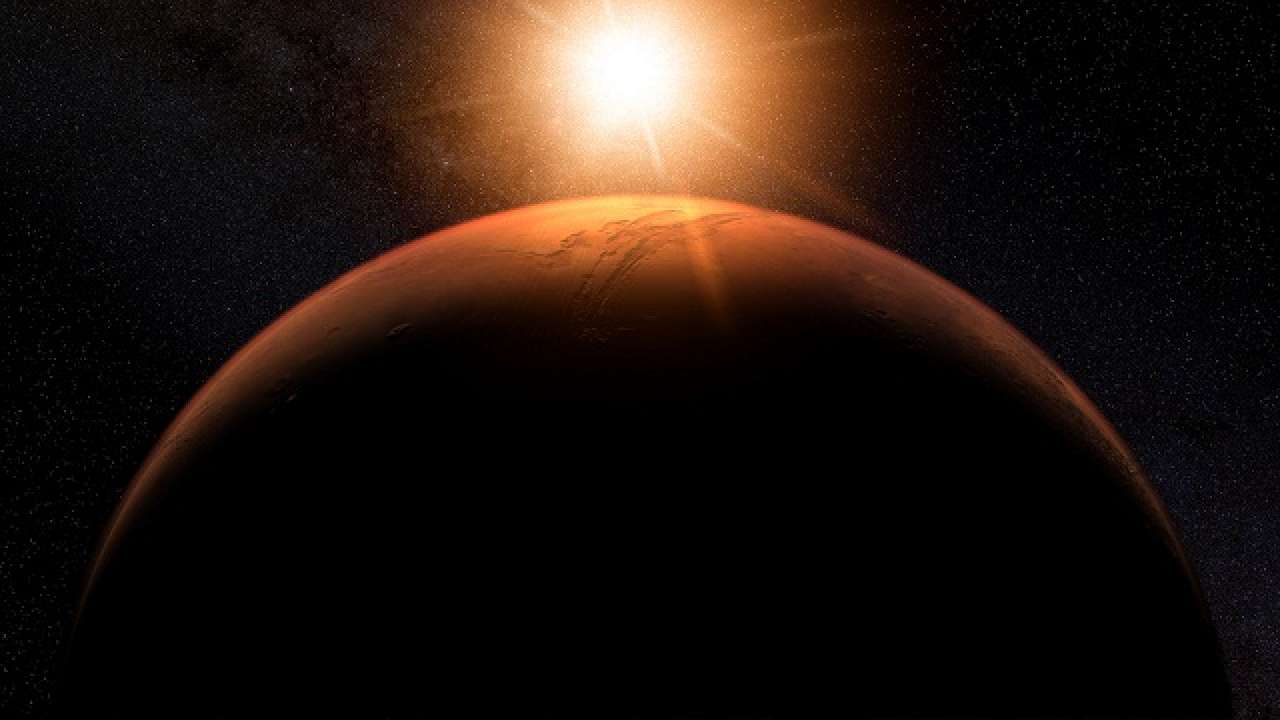

“I think it’s nice that the result was split pretty close down the middle,” Berliner said. The solar-based system becomes less tenable closer to the equator at more than 22 tons, but beats out fission energy across about 50% of the Martian surface. At the equator, what the team calls the “carry-along mass” of such a system is about 8.3 tons versus about 9.5 tons for nuclear power. The winner: a photovoltaic array that uses compressed hydrogen for energy storage. This required modeling and accounting for a number of factors, such as how gasses and particles in the atmosphere might absorb and scatter light, which would affect the amount of solar radiation at the planet’s surface. While the energy output of a miniaturized nuclear fission device is location-agnostic, the productivity of solar-powered solutions rely on solar intensity, surface temperature, and other factors that would determine where a non-nuclear outpost would be optimally located. Specifically, they quantified the requirements of a nuclear-powered system against different photovoltaic and even photoelectrochemical devices. The calculations took into account the amount of equipment mass that would need to be transported from Earth to the Martian surface for a six-person mission. What makes the current study unique is how the researchers compared various ways to generate power. But, in the last decade or so, most people had assumed that nuclear power would be a better option than solar energy for human missions, according to co-lead author Aaron Berliner, a bioengineering graduate student in the Arkin Laboratory at UC Berkeley. The main source of power for some NASA Mars rovers comes from a multipanel solar array. A research team out of the University of California, Berkeley published a paper in the journal Frontiers in Astronomy and Space Sciences that argues a human expedition on the surface could be powered by harvesting solar energy. While modern science has debunked the Red Planet as a likely source of an alien invasion, today’s technology is bringing us closer to a crewed mission. No other planet in our solar system has sparked the human imagination more than Mars.

Researchers here show that a photovoltaic system using compressed hydrogen energy storage can compete with nuclear energy across about 50% of the Red Planet. The choice for the type of device used will require a tradeoff between mass and energy efficiency. A crewed mission to Mars will require transporting equipment for creating electricity to power life support systems.


 0 kommentar(er)
0 kommentar(er)
